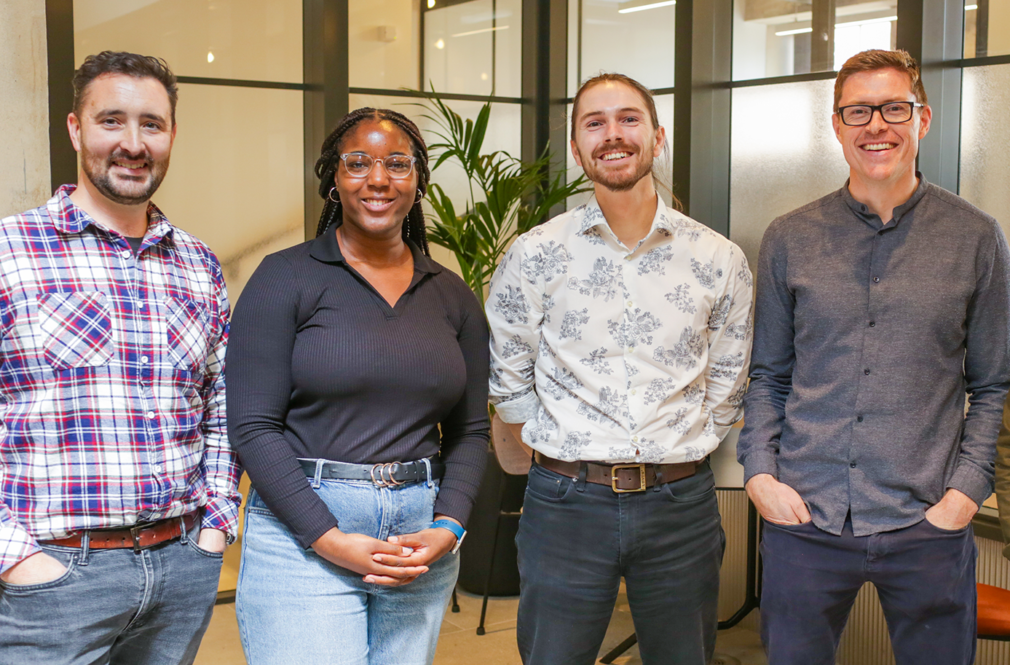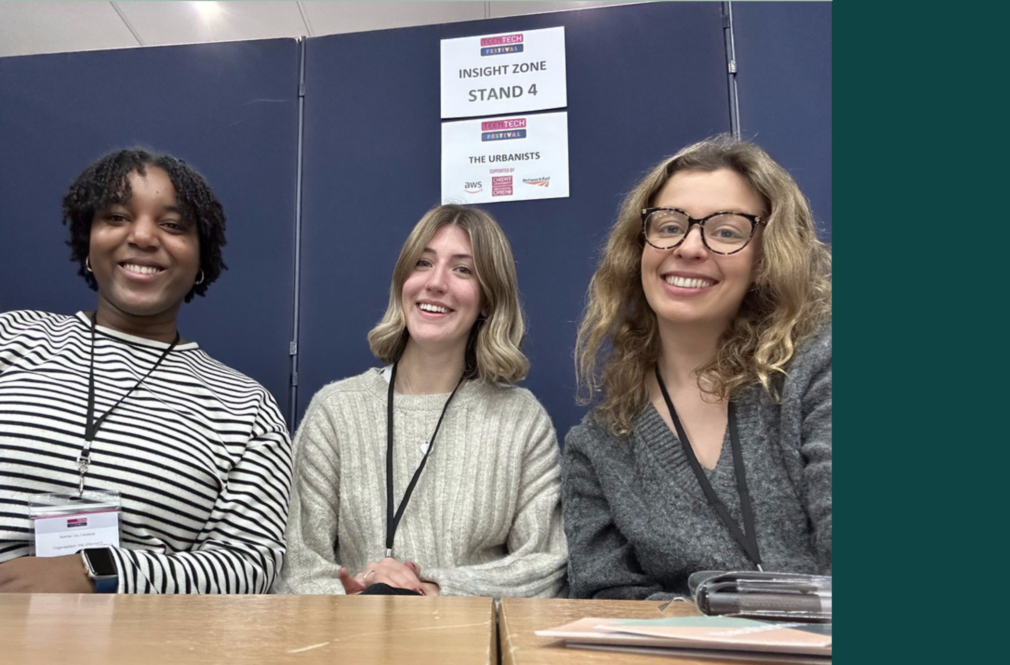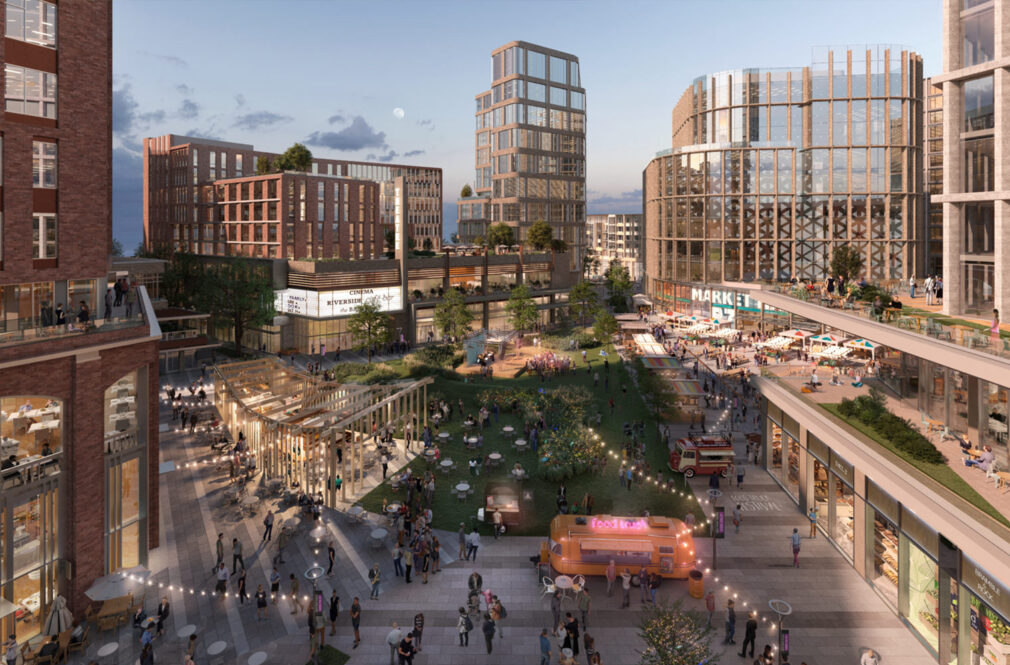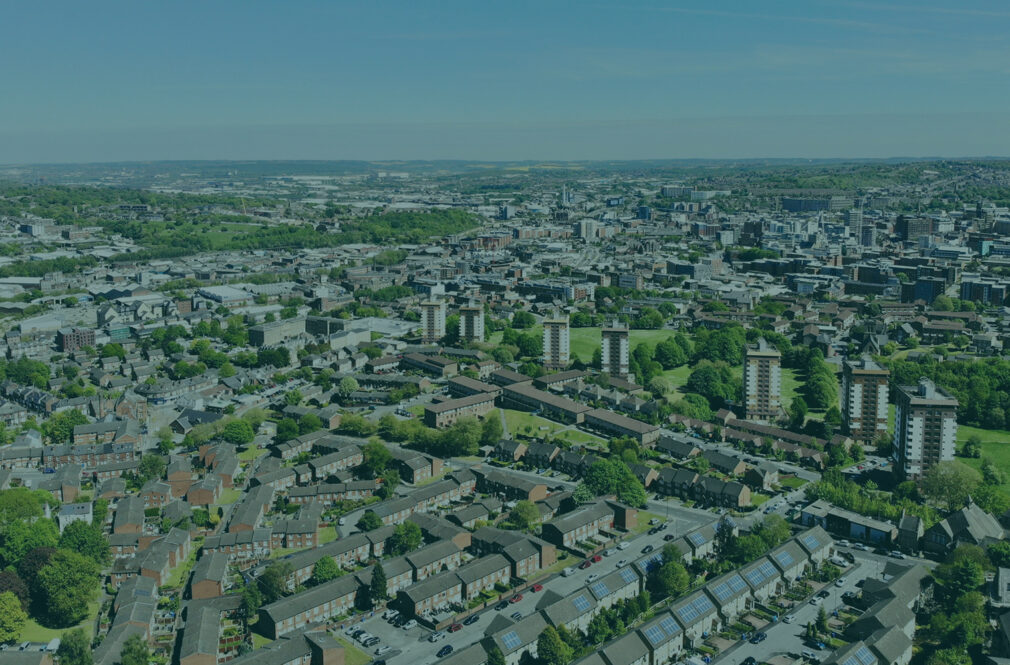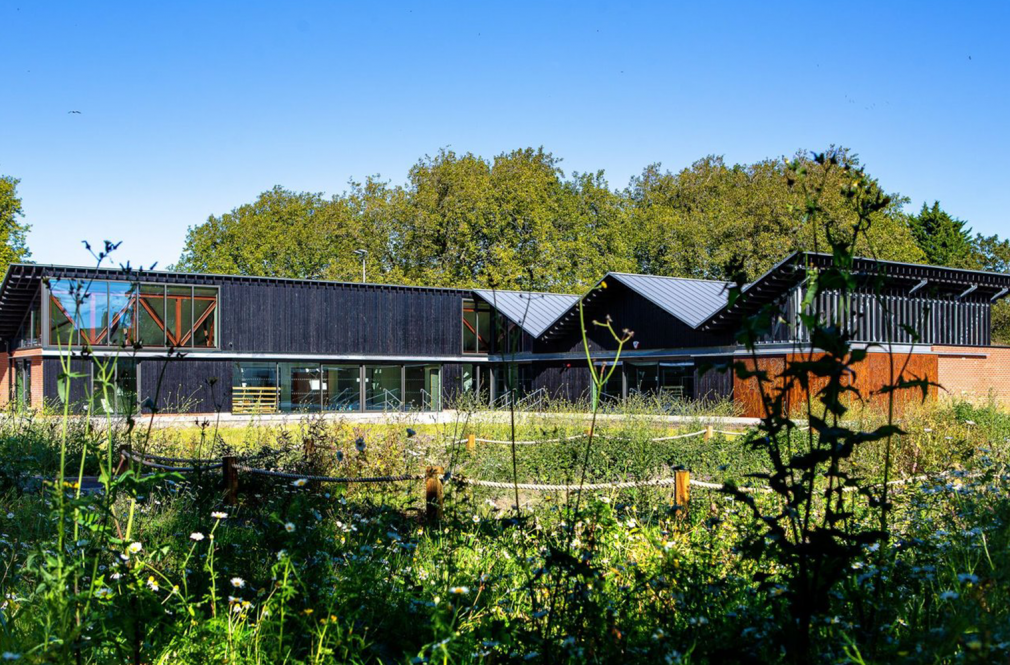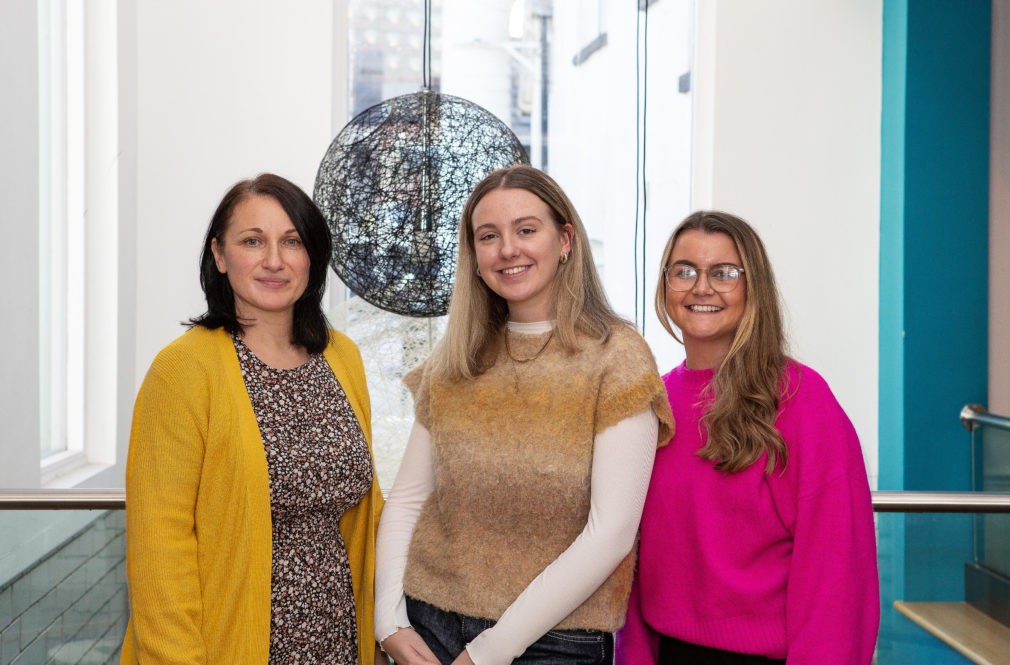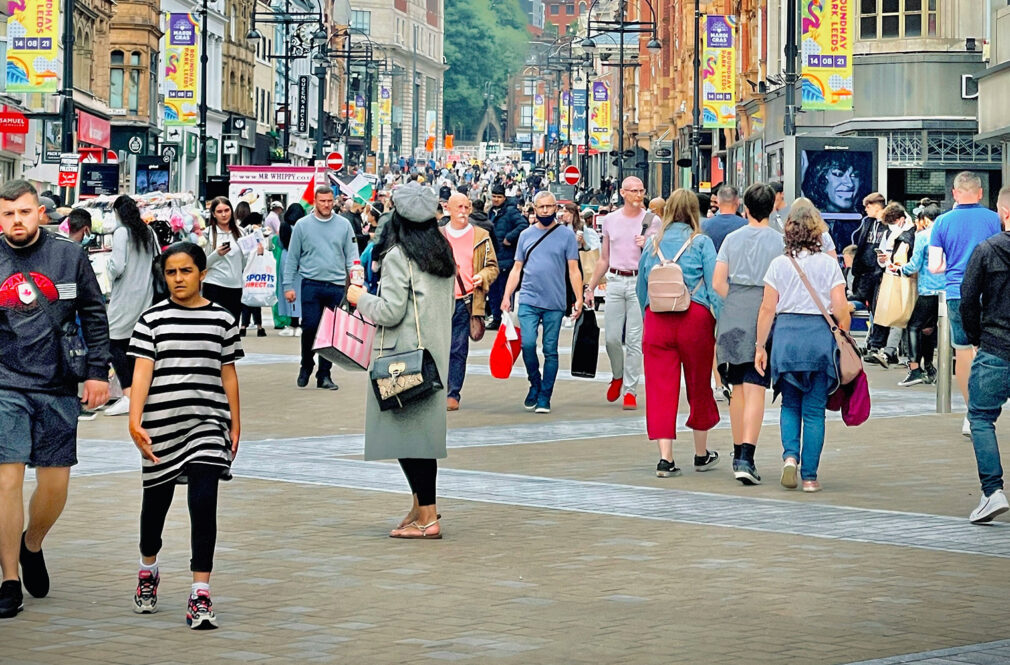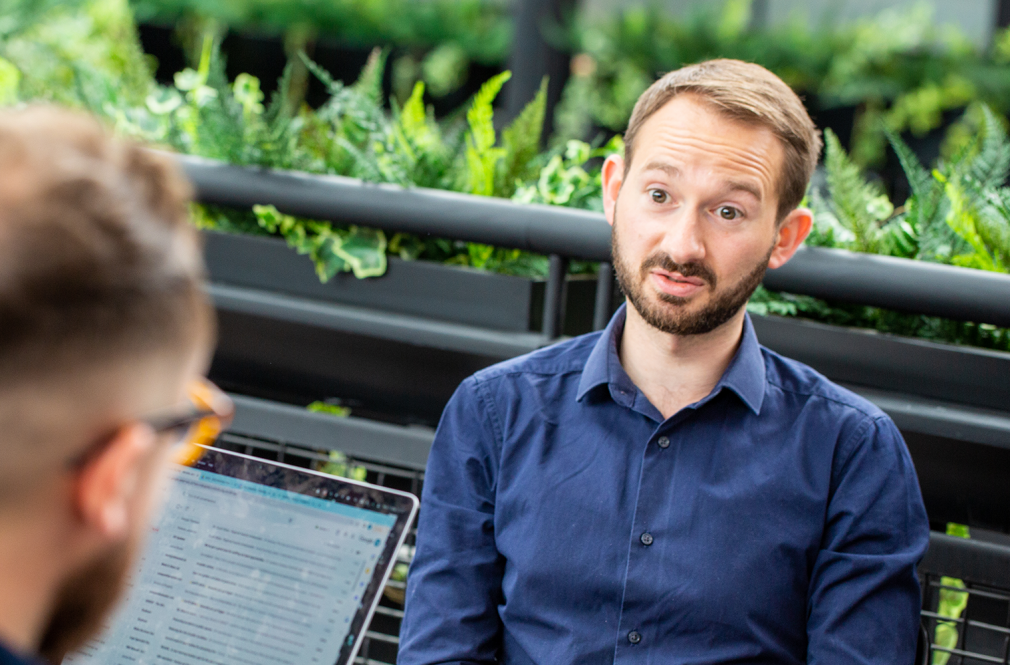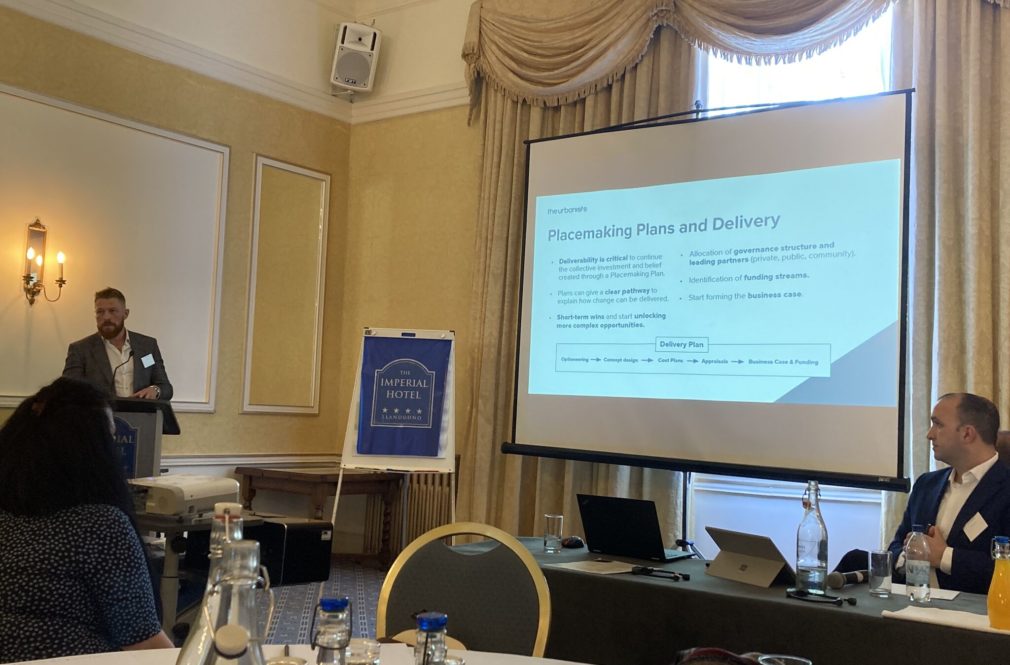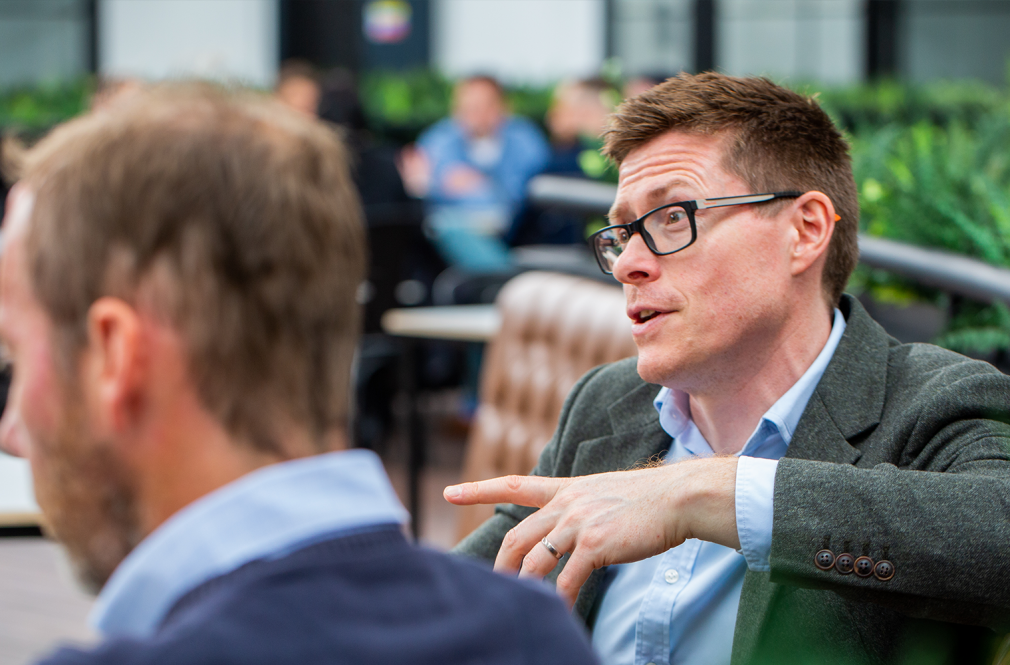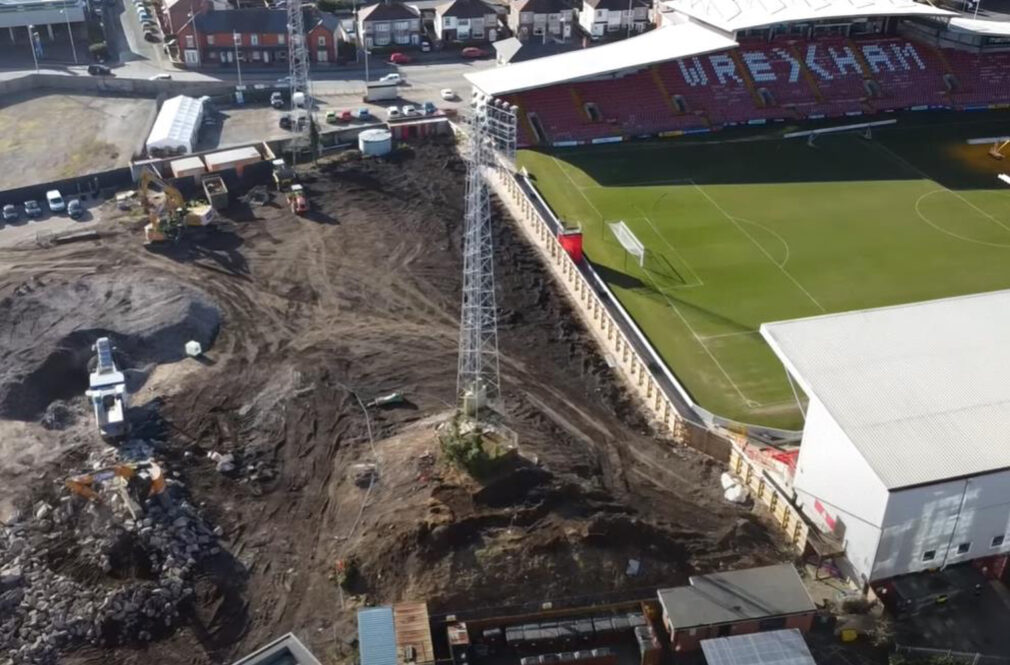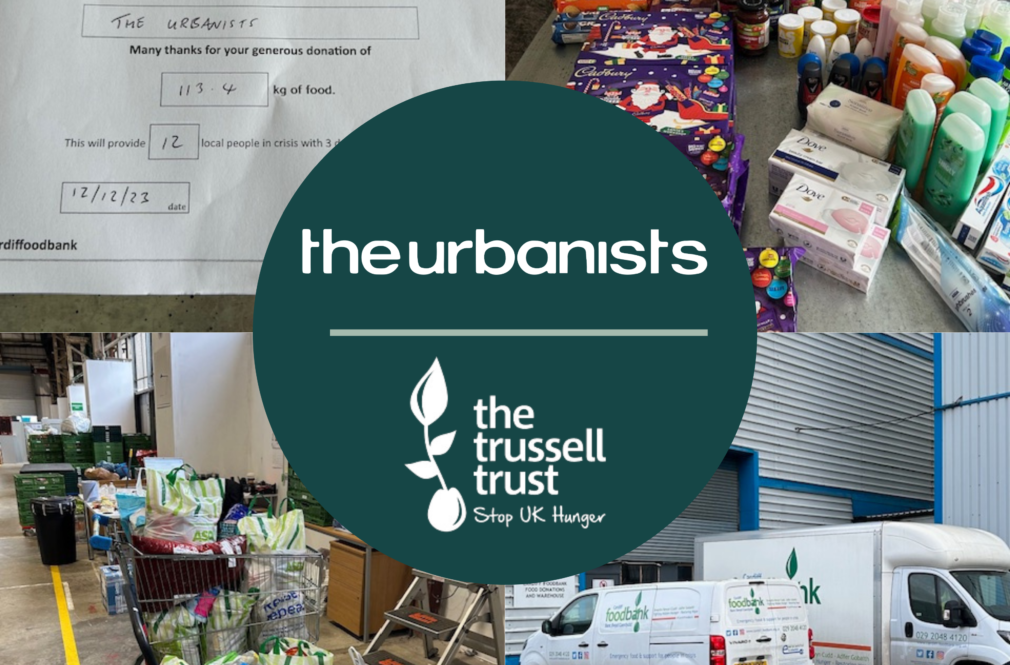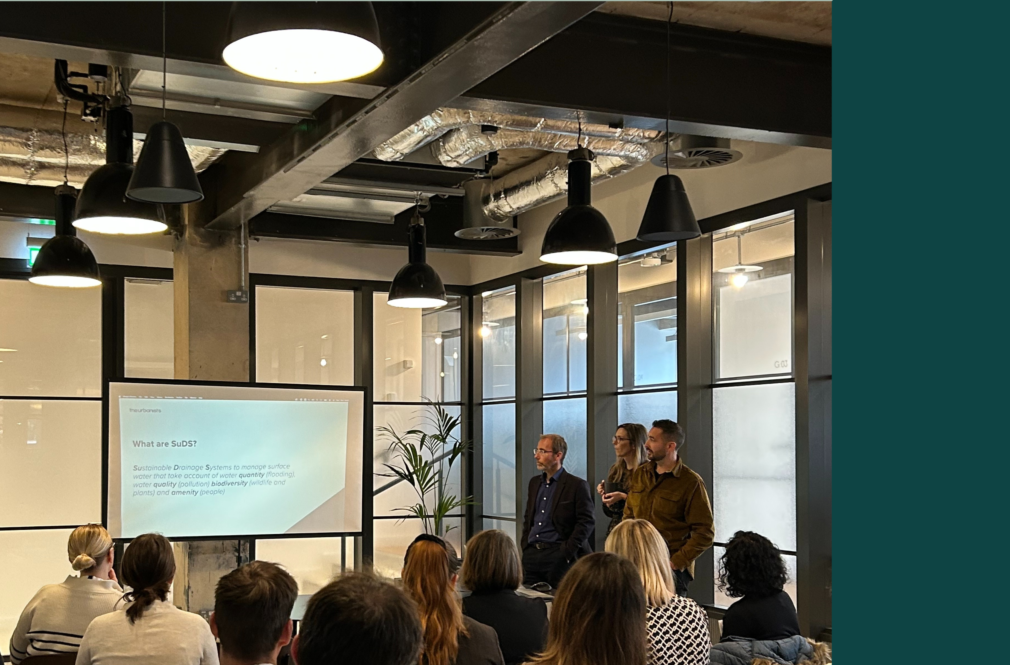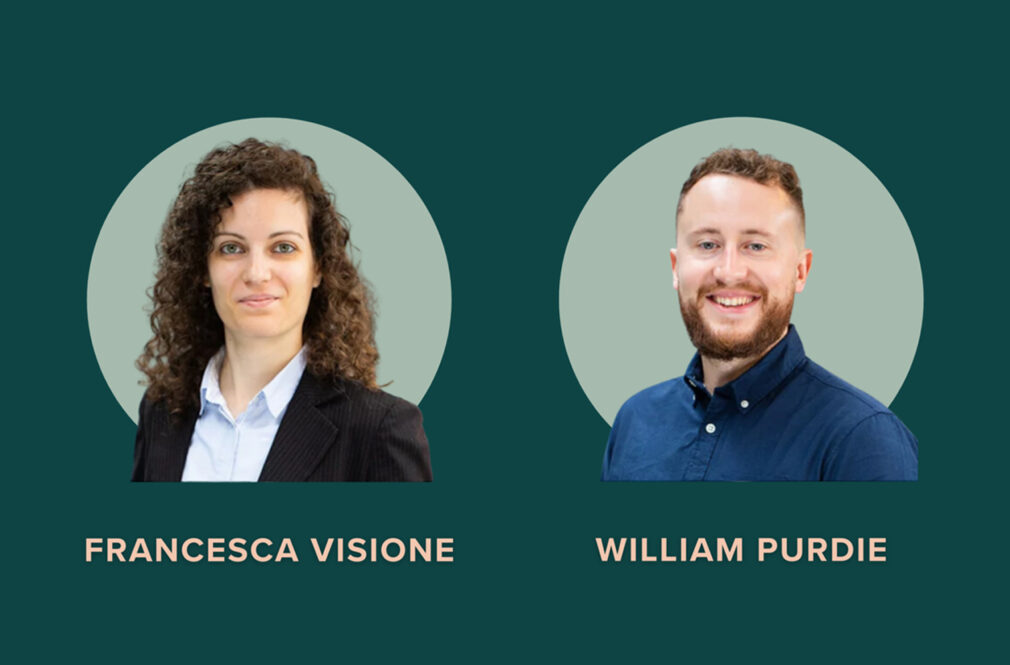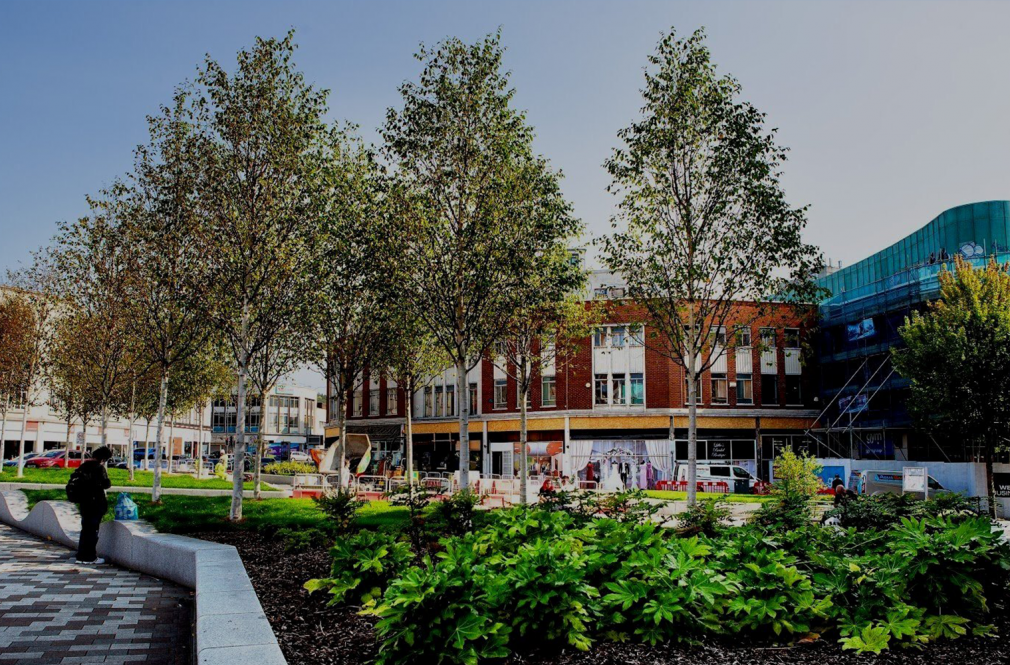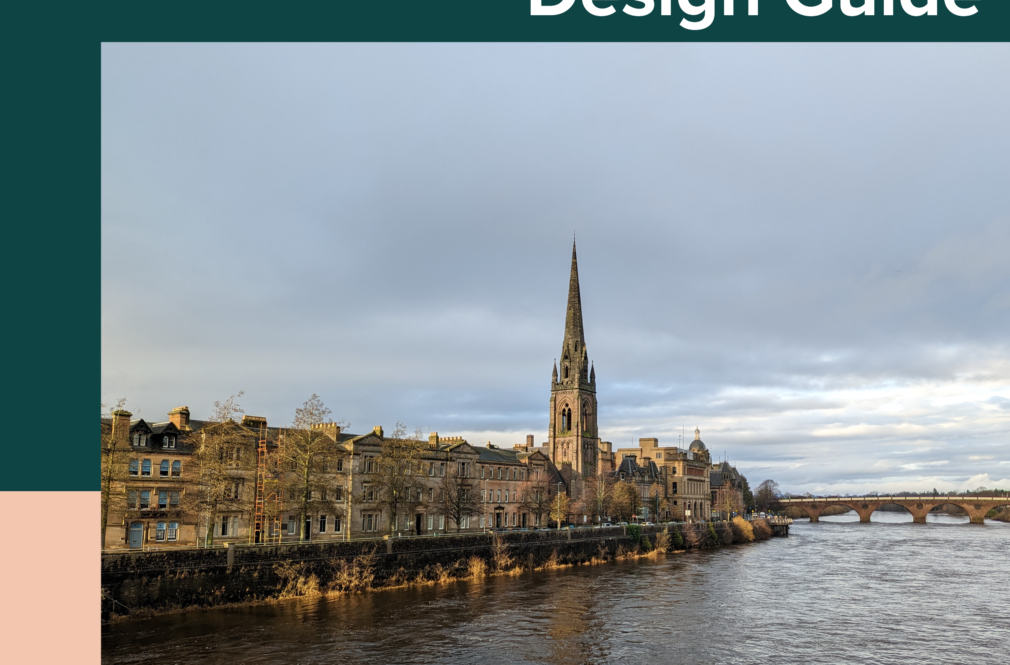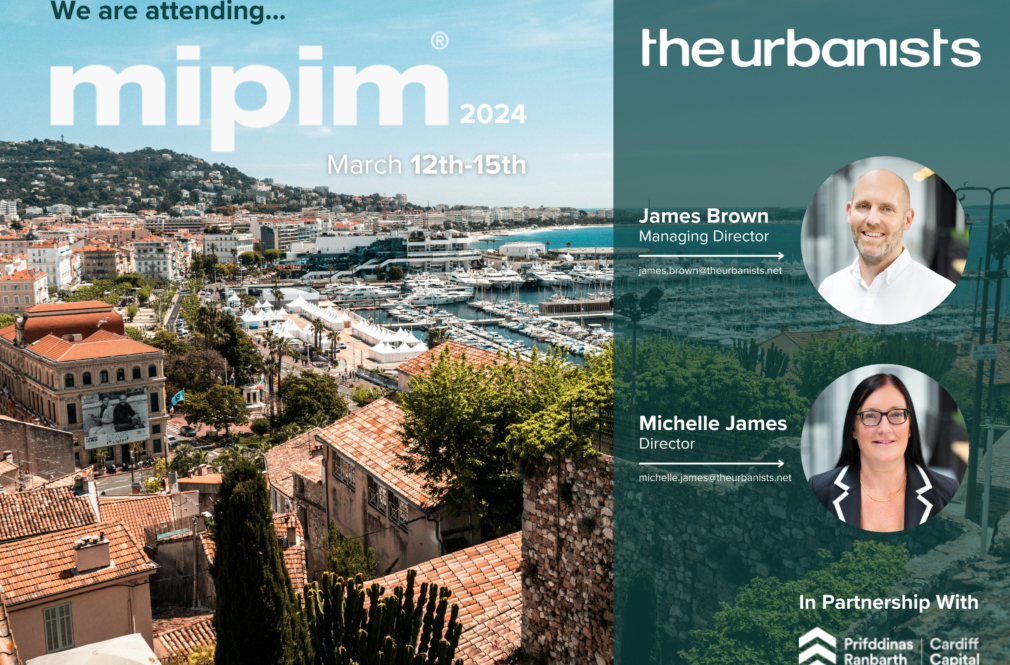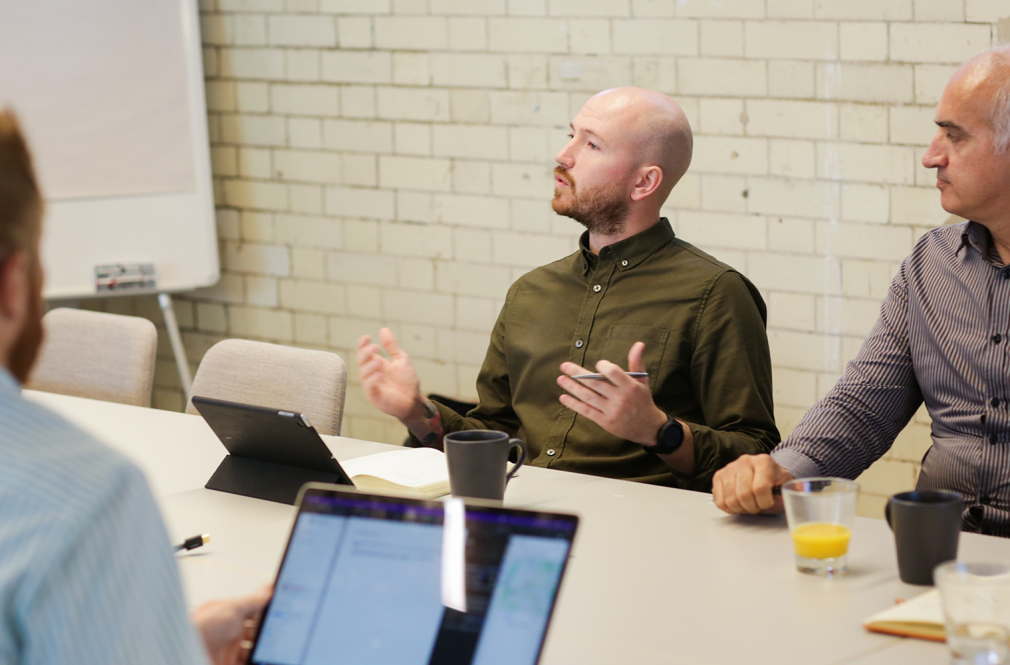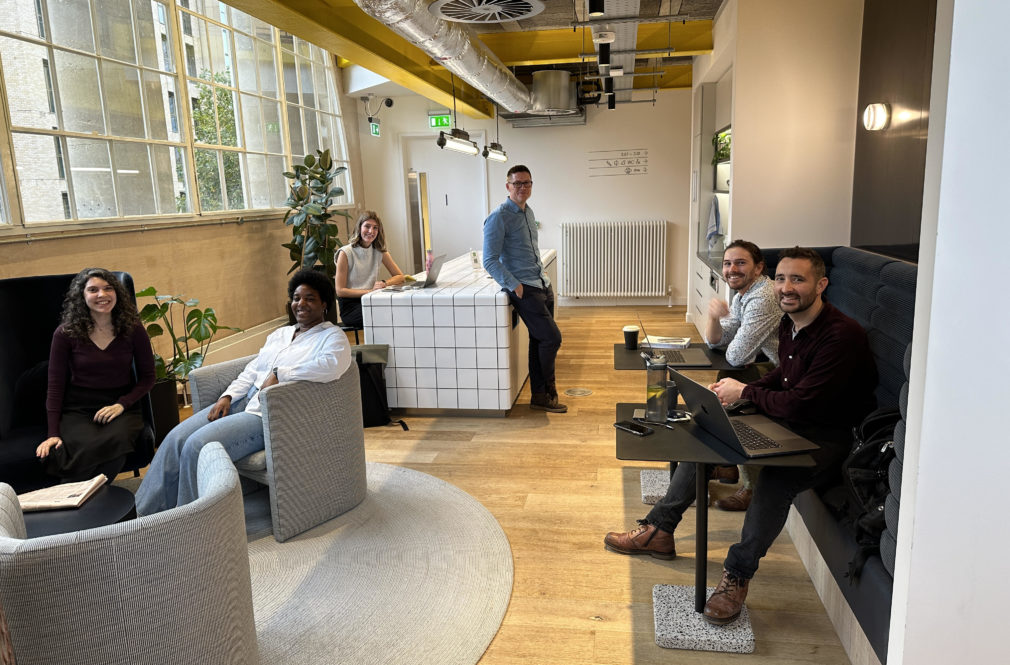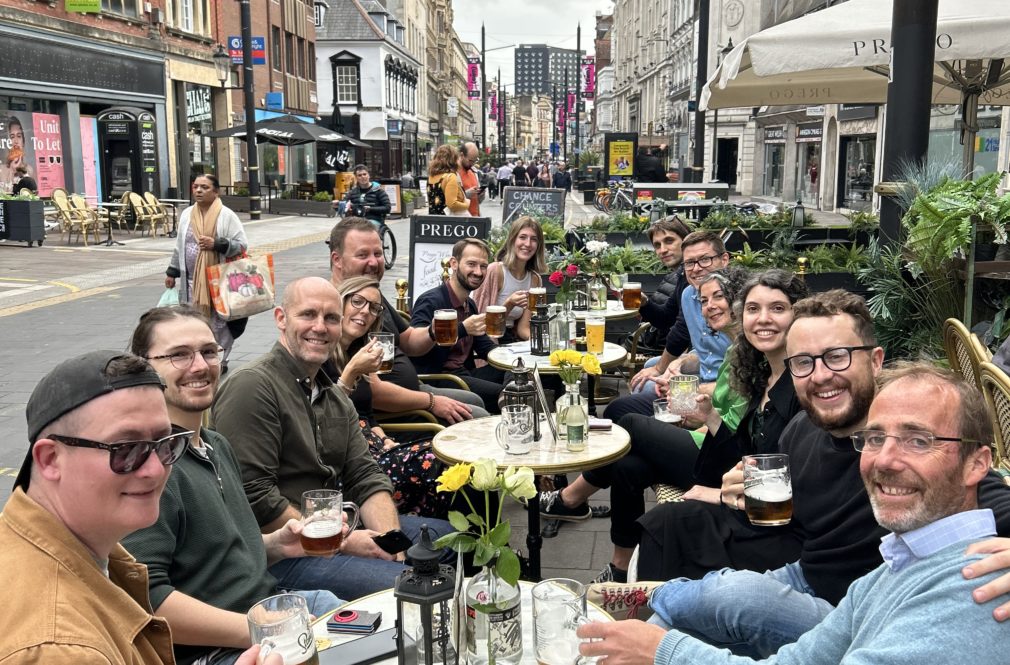Planning The ‘Greenest Hospital In Britain’
In Britain, we are living with a disease that is forecast to affect literally half the population over years to come.
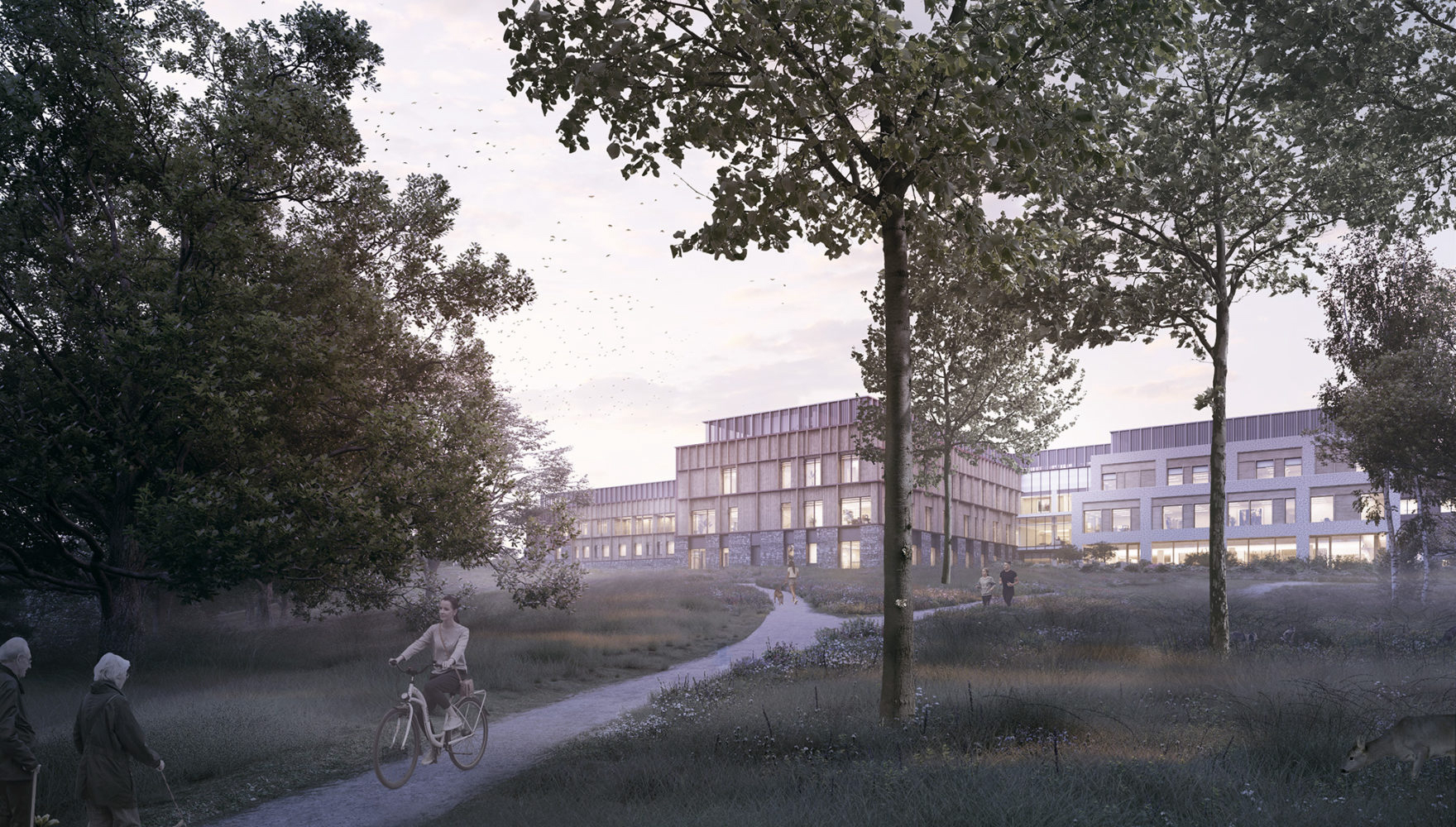
The need to develop additional hospital facilities, capable of providing state-of-the-art specialist treatment now and in the future, is both vital and urgent. Despite public money being available to fund such life-saving projects, however, the approval process is seldom straightforward at local level. It can be long, slow and complex. To help us understand both the value of investment in a new centre for cancer treatment and the challenge of actually making it happen, Mark Farrar, Director at The Urbanists, shares his experience of helping get the ‘greenest hospital in Britain’ through planning.
Any development proposal can face questions, even objections, on its way to planning permission or consent, then through to project start on site. It is only right and proper. This is democracy in action, at local constituency and stakeholder level. It is the law of the land.
When the scheme is also funded at least in part by the British taxpayer, then the process of press and public scrutiny becomes even more demanding — again, rightly so.
There are no exceptions made; not even for cancer.
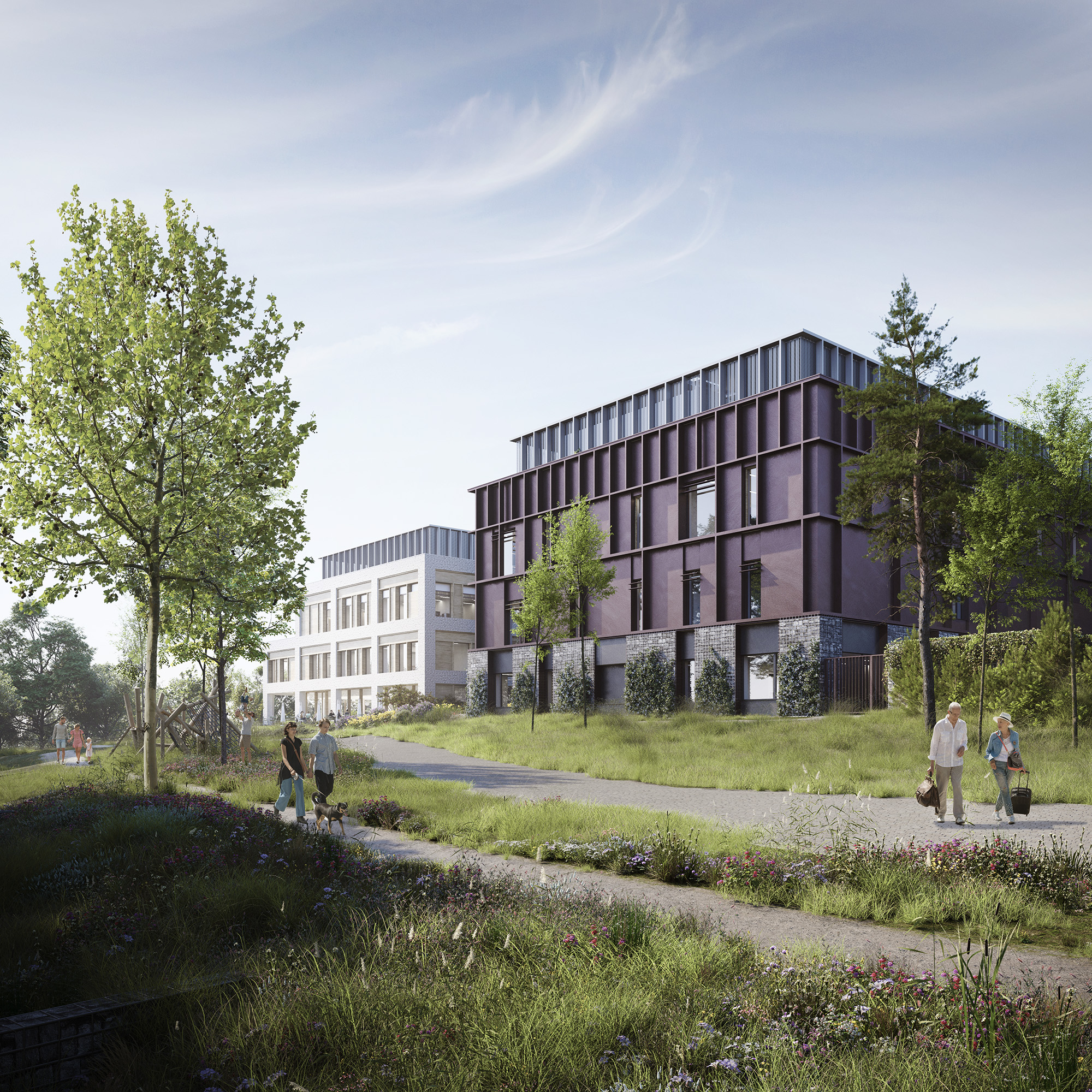
Image Copyright: White Arkitekter
Cancer risk and survival rates
The time to be building specialist cancer hospitals and medical facilities is now.
Research undertaken by the charity Cancer Research UK has analysed both historical data and predictions of future trends to deliver the sobering forecast that a child born in Britain today has a 1 in 2 chance of developing cancer at some point in their lives.
The probability of developing the disease therefore remains alarmingly high. However, advances in medical science are increasingly giving patients cause for hope.
Thanks to better medical diagnosis, drugs, treatment and care, the survival rate for people with cancer has doubled in the last 40 years in the UK. In fact, recent figures show half of all those diagnosed in England and Wales now survive their disease for ten years or more.
Modern medicine and healthcare can help, even save, a lot of people, a lot of the time.
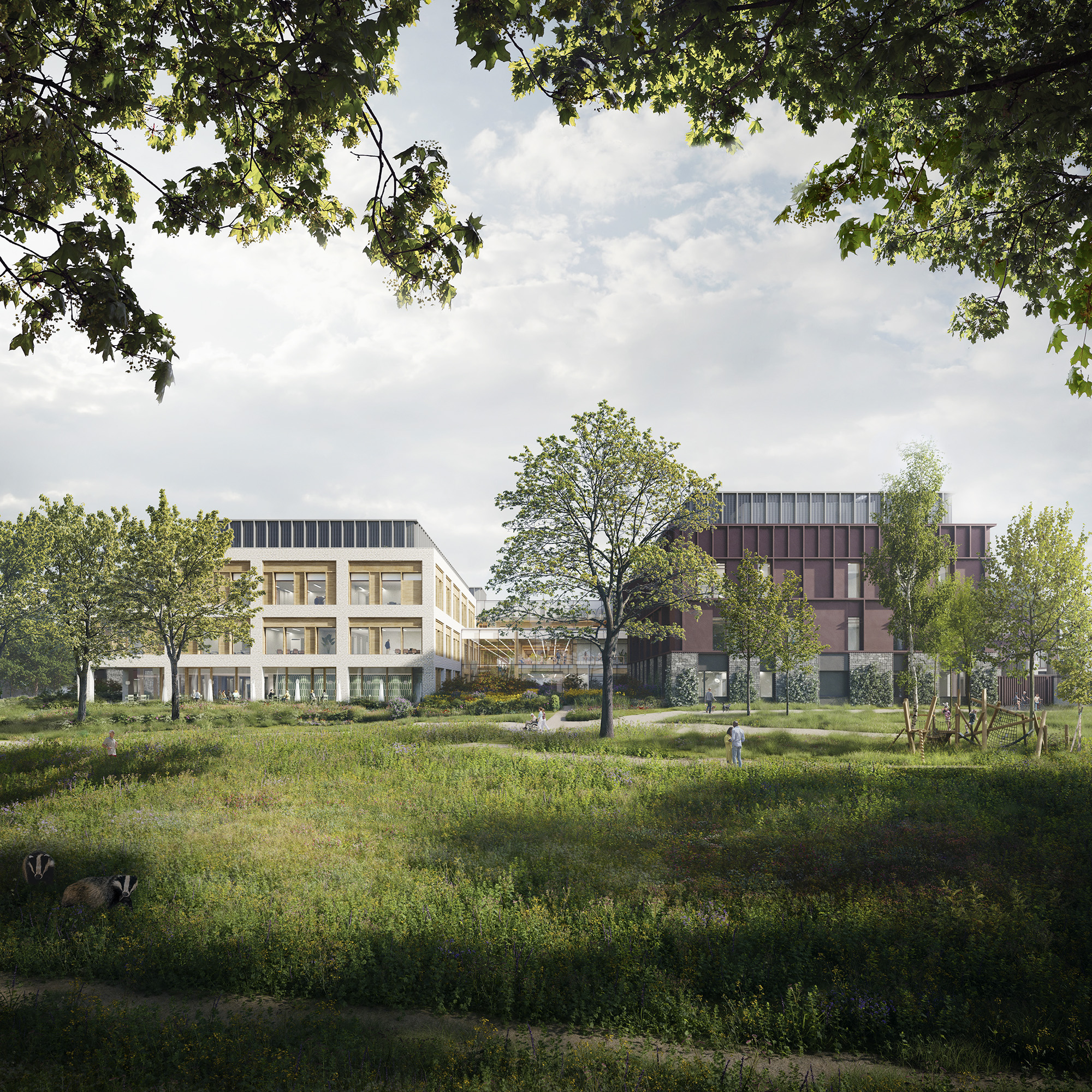
Image Copyright: White Arkitekter
The ‘greenest hospital in Britain’
To support this valuable work now and into the future, Velindre University NHS Trust announced plans for a new cancer centre in Cardiff. It had already outgrown its existing 65-year-old facilities and space, so it needed more; but, it also wanted better.
Rooted in the Well-being of Future Generations Act and recognising that Wales has some of the lowest cancer survival rates of any Western nation, the Trust sought to deliver a project that would really put the country on the map, as a world leader in cancer treatment.
In short, this was not just going to be any old healthcare project — the stated ambition of the Velindre NHS Trust was to build the ‘greenest hospital in Britain’.
So, what does that actually mean?
From biophilia, to building carbon neutral
Fundamentally, the Trust had a vision for a building which sits comfortably in its landscape. The project was conceived and located to bring the biophilic benefits of nature and wildlife, together with the latest advances in international research and healthcare It will provide patients with a better, more peaceful and restorative healing environment for treatment.
Drawing on two key technical documents – Velindre’s Design Brief and its Green Infrastructure Management Strategy – the Trust made two commitments at the outset. Firstly, it pledged to keep the selected location green — which means maintaining and enhancing community access, plus enhancing biodiversity and the natural environment, whilst also implementing sustainable transport and a Green Travel Plan.
Secondly, it required the building itself to be green — by being carbon neutral, using renewable energy and natural resources; protecting and conserving water; minimising light pollution and noise impact; plus, adopting a circular economy approach to reducing waste.
From biodiversity and green building, to flood mitigation and clean energy, the new Velindre centre is set to be a showcase for sustainability, boasting an impressively full list of key project features intended to benefit both people and the Planet, including:
- all-electric fossil-free power and heating, with onsite renewable energy generation;
- sustainable drainage systems (SuDS), with nature-based solutions;
- therapeutic and sensory gardens, wetland habitats, green roofs and net tree gain.
Armed with this sustainable development strategy back in 2018, the Trust was initially granted planning permission to build on NHS-owned land, in the Cardiff suburb of Whitchurch. With almost a decade spent in delivery, the new £180M Velindre Cancer Centre is now due to open its doors to patients in 2026.
So, what have been the twists and turns along the journey, from inception to completion?
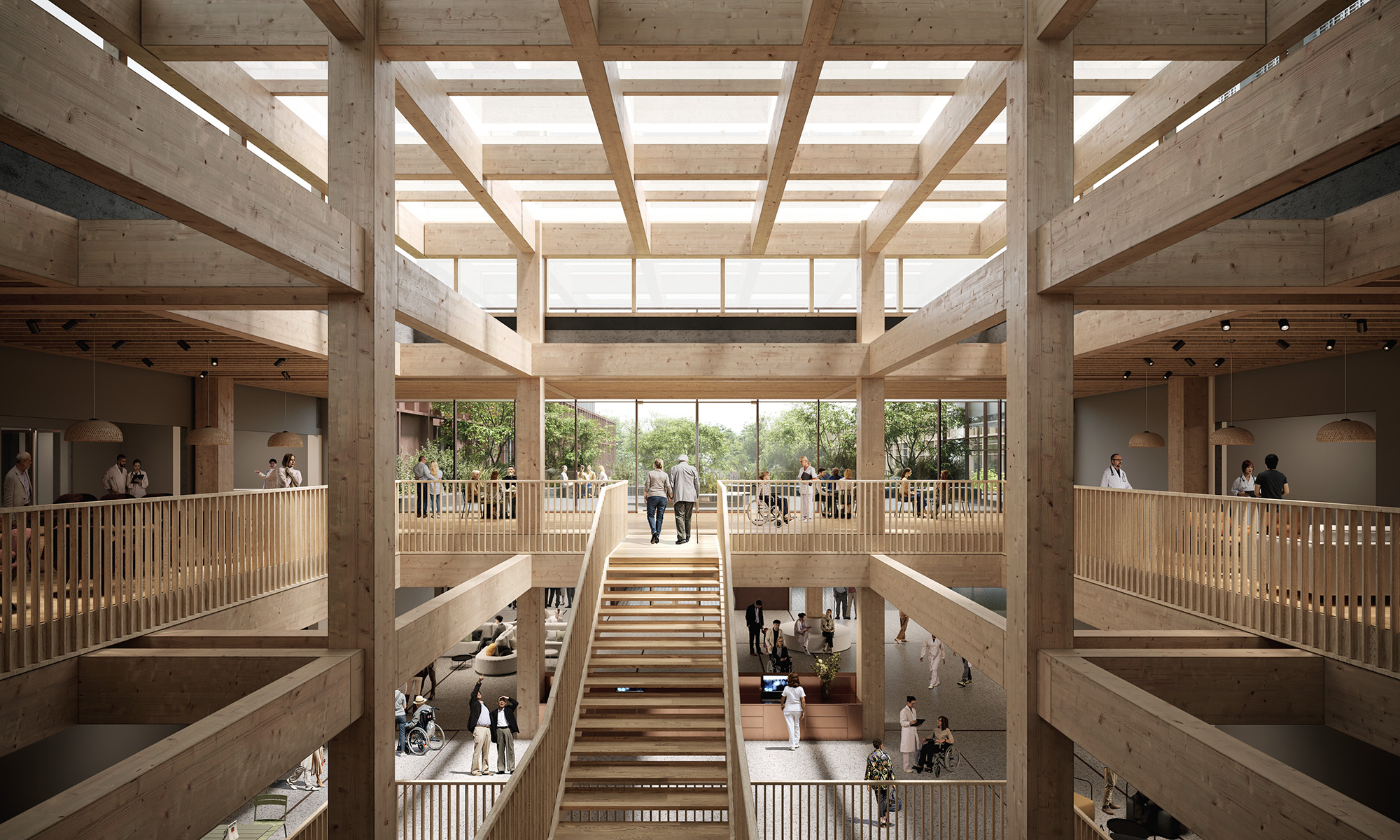
Image Copyright: White Arkitekter
Driving the long and winding road
Well, it has been a long and winding road. Overall and ongoing, the planning process encompassed significant challenges and competing issues. With a broad sustainability remit, it covered a wide range of developmental, environmental, and social matters.
For starters, the development area is a greenfield site — and was one of designated importance for nature conservation, also adjoining other protected habitats and areas. This meets biophilic design criteria, in terms of health and well-being benefits for patients and staff, but also represents a development concern for the local community and wildlife groups.
The new Centre will obviously create jobs, both in its construction and operation. However, with that influx of people, plus associated supplies, materials and trades, comes traffic.
So, as well as rigorous site management in the short term — to avoid disruption and negative impacts during the build phase — there is also a longer-term imperative around local transport and mobility issues. The sustainability strategy must maximise sustainable connectivity and minimise demand for private car use by staff, visitors, and patients.
When it comes to getting the development green-lit, the fact that the new Velindre Cancer Centre is being built to fight such a worthy cause is, ultimately, almost immaterial.
Strange as it may seem, making a start on site is not about cancer, but planning.
Public interest is no guarantee of success
Despite a project being in the public interest, planning permission is never guaranteed.
So, The Urbanists have been involved as planning consultants, on behalf of Velindre University NHS Trust, since the early stages of site selection and evaluation.
With its head office in Cardiff, the company first formed and directed the planning strategy. The Urbanists then managed the entire planning process through pre-application design, Environmental Impact Assessment (EIA) scoping, management and co-ordination, preparing and submitting the various applications, and onwards through discharge of conditions and commencement of development. The firm was also retained as consultants during the mutual investment model (MIM) bidding process to help evaluate submissions.
So, what have been the key elements of our success on this landmark project?

Image Copyright: White Arkitekter
Expertise, experience and engagement
Beginning with the basics, it is absolutely critical all material planning considerations are identified and resolved, in full, to allow local planning authority to support the application.
The complicated nature of this project required an agile, responsive, dynamic approach to planning advice — from strategic level, right down to the minutiae of technical details.
Guiding such a project along the planning path therefore needs a consistent, determined, and comprehensive 360-degree approach. It is a lot of work and needs to begin at the very beginning, with the early engagement of the planning consultant forming a planning strategy to help the team understand and address key issues and risks from the outset.
Next, keeping the local community informed is key. It is a win-win, as positive engagement and involvement can add vital opinion and value to the design and planning process.
There is a lot of information to manage. Schemes of this scale and significance are incredibly complicated, with a broad range of legislative and policy requirements to be met. In turn, this inevitably results in a vast number of plans, documents and reports.
It is therefore vital that the mass and flow of material involved in planning applications is structured and presented in a clear and logical way, so as to allow easy access to the relevant information — not just for the local planning authority, but also other stakeholders, consultees and the general public. Poor communication can cost both time and money.
On the part of the planning consultant, therefore, professional expertise must be matched by project experience, plus a passion for engagement. It is a marathon, sometimes run at the pace of a sprint. So, getting a scheme like this across the line takes stamina.
For the team at The Urbanists, the opportunity to help make a major investment in cancer care happen here in Wales has been both a powerful driver and its own reward. Achieving success was a challenge, for sure — but, one to which we were always ready to rise.

